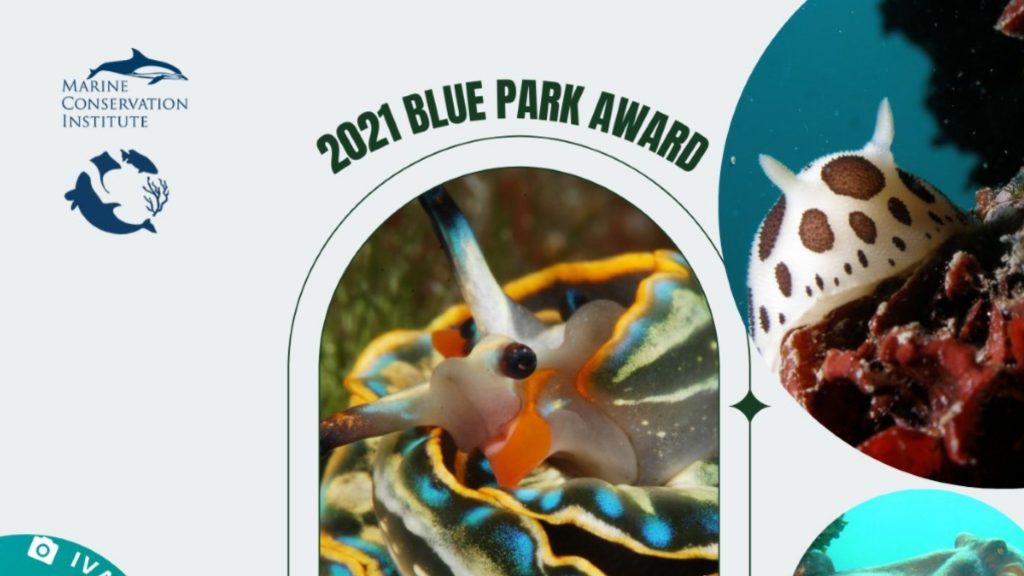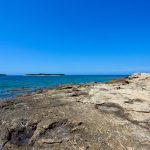The Institute of Marine Conservation designed the Blue Park Awards to encourage governments to protect the marine world, preserve critical habitats, promote resilience to climate change, and preserve the beauty of our oceans for future generations. The program’s goal is to establish an effective network that protects and maintains the marine world and habitats globally. Today, there are 21 protected marine areas with Blue Park status granted, reports HRTurizam.
“It is a great honor to receive the Blue Park Award, which focuses on ZMPs [marine protected areas], recognizes their results “on land” and encourages even greater efficiency in conserving the ocean. This award is dedicated to our employees, communities, partners and stakeholders who enable positive change,” said the Acting Director of the Brijuni National Park Marno Milotić.
Dr. Lance Morgan, president of the Marine Conservation Institute, said they are happy to see new areas marked Blue Park that will help speed up the protection of the most critical regions of our oceans. Brijuni National Park is a perfect example of an important and biologically diverse protection area, mainly because it contributes to resilience to climate change and protects several endangered species of turtles, marine mammals and important birds, added Morgan.
With a long tradition of a particular area for conserving biological diversity, Brijuni is an essential and significant area for the Community within the Natura 2000 network.
Brijuni’s healthy ecosystems contain a rich marine world managed and supervised by numerous professional staff and their partners. Therefore, the strategy of sustainable financing of ZMPs is essential. As one of the few ZMPs financially independent, Brijuni raises significant funds to implement nature conservation measures from visitor fees, tourism activities, and visitor services.
“I am looking forward to sharing the story of this great new area with Blue Park status in cooperation with the managers who take care of Brijuni. I hope it becomes a model for other ZMPs around the world,” said Dr. Sarah Hameed, senior scientist and director of the Blue Parks program.
Brijuni National Park protects essential seagrass ecosystems, including one of the most extensive Posidonia meadows on the West Coast of Istria, an endemic seaweed species. Seagrass meadows support a high level of diversity of the marine world by providing food, shelter and habitats for many species of fish and invertebrates.
Migratory species listed by the International Union for Conservation of Nature (IUCN) Red List, including loggerhead turtles, bottlenose dolphins and numerous birds, visit the area and use its rich resources. Seagrass meadows can prevent ocean acidification and sequester large amounts of carbon, thus contributing to resilience to climate change.
To read more about lifestyle in Croatia, follow TCN’s dedicated page.









